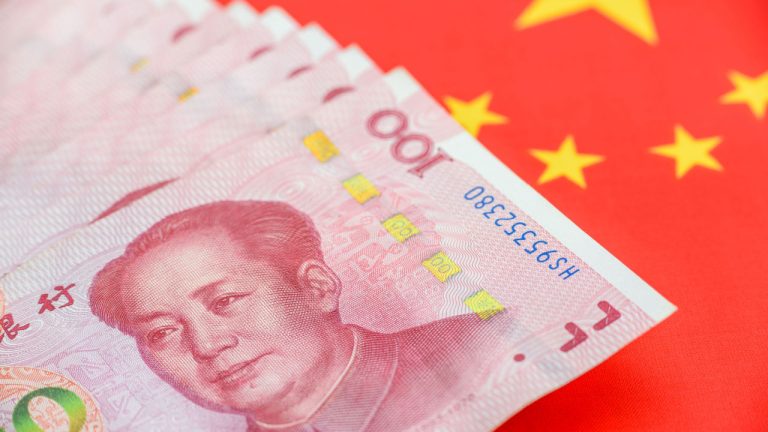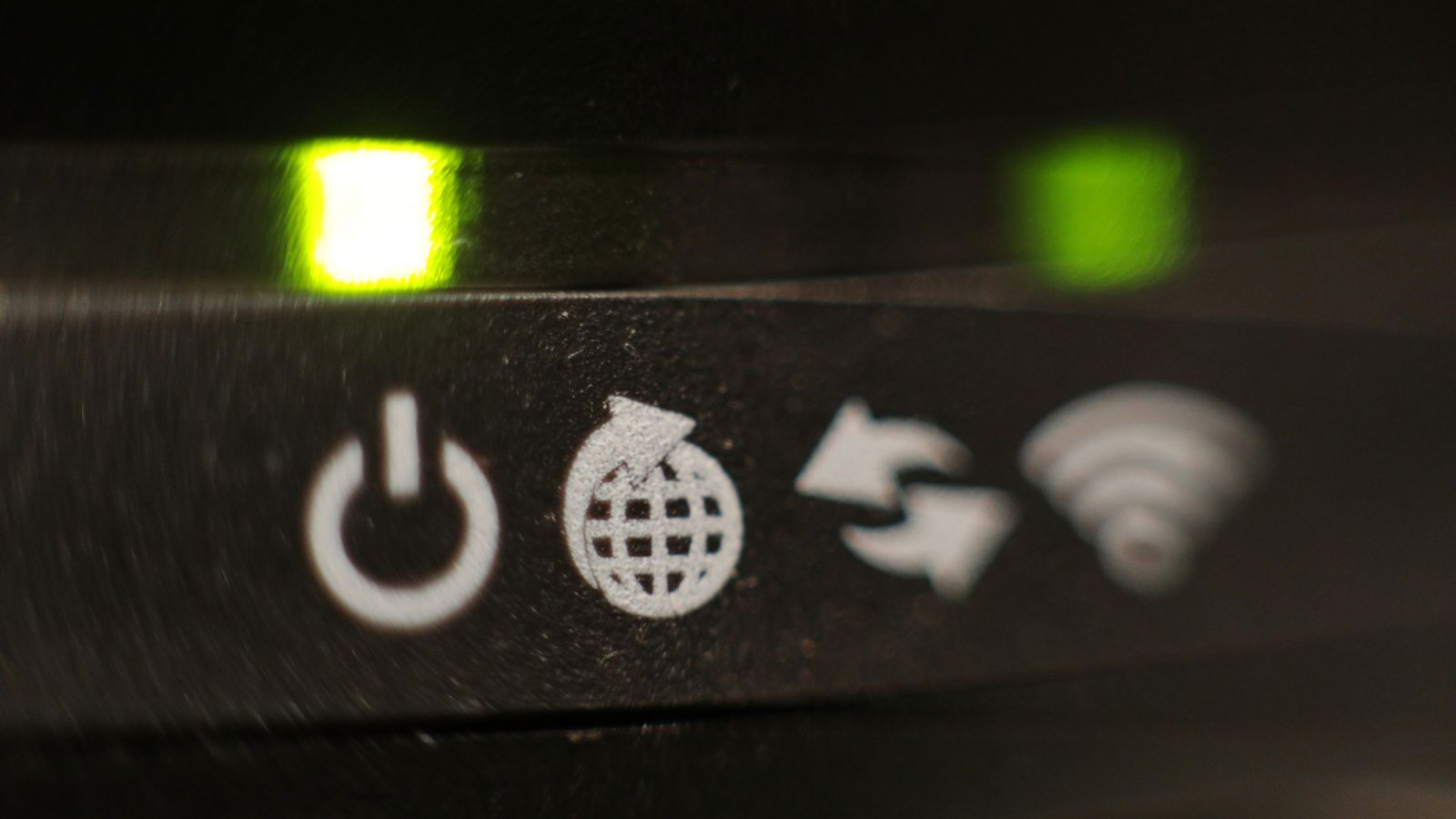
The government of Argentina has noted that 19% of all imports authorized in the national system were settled using the Chinese yuan in April and May. $2.72 billion in Chinese yuan were approved to complete these payments, taking advantage of the Chinese swap line to preserve the dollar reserves of the country, according to Commerce Secretary Matias Tombolini.
Argentina Advances in Substituting Dollar-Settled Imports Using Chinese Yuan
Argentina is showing advancements in substituting means other than the U.S. dollar to settle import payments. According to data presented by the Commerce Secretariat, imports denominated in Chinese yuan rose to almost 20% in April and May, with operations equivalent to $2.72 billion authorized. This development has been qualified as an advancement by Commerce Secretary Matias Tombolini, who believes this improves the economic outcome for Argentina.
Tombolini stated:
The alternative of imports in yuan strengthens our reserves and improves the outlook for net reserves, giving us greater freedom and ability to operate to intervene against those who speculate on the economic situation.
Argentina, facing significant levels of currency devaluation and inflation, had to take advantage of a $10 billion Chinese swap line established in a bilateral meeting between Argentine President Alberto Fernandez and Chinese President Xi Jinping in 2022. The extension of the swap line to almost $20 billion — with $10 billion available for free management — in June, allowed Argentina to take advantage of these resources, introducing the yuan as a significant currency in the internal import adjudication system.
Use of Dollars Still Predominant
While the usage of the Chinese yuan has advanced, the dollar is still the predominant currency for settling international transactions, accounting for 62% of all the imports made during the April – May period. The Argentine government is interested in growing the yuan-settled negotiations due to the low level of its dollar-denominated foreign reserves, which stumbled to their lowest number since 2016 in May.
The Central Bank Of Argentina identified this situation as positive, explaining that the Chinese swap line allowed for a “growth in commercial operations carried out in local currencies.”
However, Economy Minister Sergio Massa has a trip scheduled to the U.S. to seek the advancement of a set of disbursements from the International Monetary Fund (IMF) to boost the central bank reserves and maintain a healthy cash flow. Argentina is also seeking to be admitted as a member of the New Development Bank, also called the BRICS bank, to get additional funding.
What do you think about the state of the de-dollarization process in Argentina? Tell us in the comments section below.











